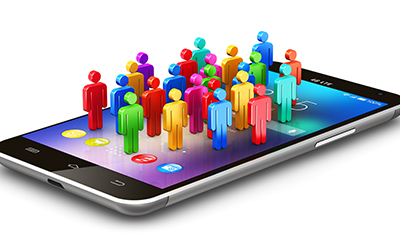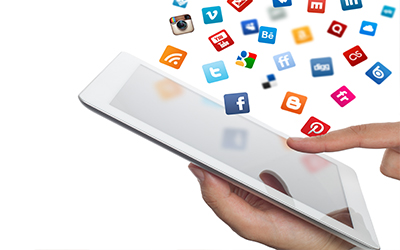Posted on May 11, 2020
Image Credit: File ID 43445780 | © Andrey Popov | Dreamstime.com
Tips for Using Teledentistry

Due to the COVID-19 global pandemic, states and communities nationwide are shutting down, only allowing essential businesses to operate. But, as a dental professional, you know that emergency dental care is still necessary, pandemic or not. A middle ground needed to be reached, and teledentistry was born! This is a way to help you care for your dental patients and triage them for care.
Many dental offices are still familiarizing themselves with this brand-new territory, and it can be hard to know the right ways to approach teledentistry. Below are a few acceptable ways for your office to use this technology and a few ways that you shouldn’t.
Until recently, teledentistry was not commonly used due to HIPPA constraints. However, because of the recent COVID-19 outbreak, the government is now allowing the use of telehealth for all medical providers. Something as simple as a phone or a tablet can now be used to telecommunicate with your patients. However, an environment of privacy must still be provided to your patients, and this means making sure that communication is meant only for the intended parties.
Acceptable Teledentistry Platforms:
- Voice or text with your smartphone
- FaceTime
- Skype
- Facebook Messenger’s video chat option
- Google Hangouts video
- Zoom
These platforms allow for end-to-end encryption, meaning that only the person intended to receive the message will be able to access it. The individual’s login credentials and password are both used to protect their account.
Billing for Teledentistry Services
There are two main codes that can be used for teledentistry. These are:
- D9995 – Teledentistry – Synchronous; real-time encounter
- D9996 – Teledentistry – Asynchronous; information stored and forwarded to the dentist for subsequent review
When submitting a claim for teledentistry, the place of service should be reported as 02. Most dental software will default to a place of service as 11, which is in-office, so make sure that the code reflects 02.
Lastly, it is important to note that the timeline for seeking reimbursement for teledentistry may vary. It’s a good idea to visit the American Dental Association’s website frequently to receive the most up-to-date information regarding billing for teledentistry. For more information about the acceptable use of teledentistry or how to implement this new option in your dental office, please contact Pro Dental Designs. We know that these are confusing and unprecedented circumstances, and we’ll do all we can to help you keep your practice running as smoothly as possible.









